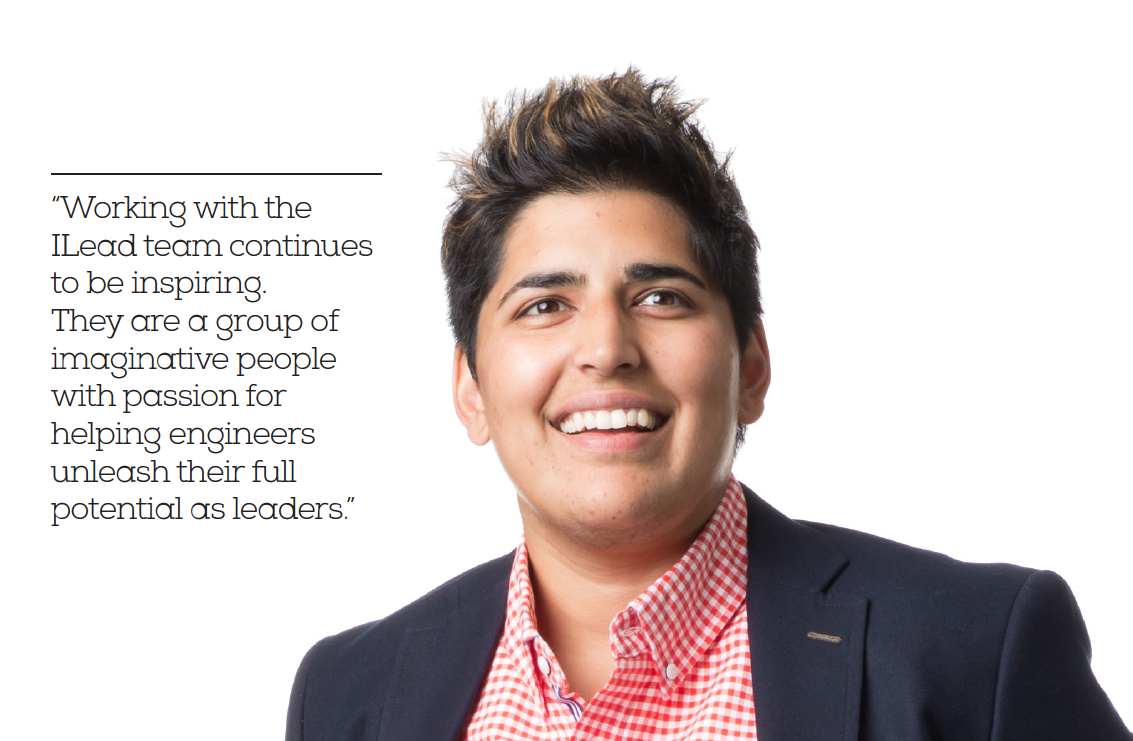Hatch consulting engineer. Rugby coach. Musician. Math and physics tutor. Registered student in the school of life. Sonia Sennik believes that engineering leadership development, starting with the individual, is key to progress.
Sonia Sennik beams with excitement as she shares her ideas about engineering leadership to a full house of industry professionals in Alton, Ontario. She is one of 30 delegates at ILead’s inaugural Community of Practice Conference, held over two days in January. Sonia’s organization, Hatch, is one of four partners of the Engineering Leadership Project (ELP), ILead’s large-scale research project launched in 2012. The conference offered Sonia a platform to connect with other engineering professionals on the topic of how to best move the profession forward.
Sonia’s biggest leadership challenge, one that she finds common with other engineers, is saying “I don’t know!” The complexity of engineering requires us to rely on each other’s knowledge and experience to produce the best-engineered work possible. Yet, in a profession that so values expertise, analysis, and precision, Sonia believes that it takes a change in mindset to understand that no one engineer can answer every question or solve every problem. Asking questions and overcoming the strange feeling of “not knowing every answer” has been crucial to her success.
“When everyone on a project team is empowered to understand their individual role and its importance to our success, fantastic things happen. I never anticipated that the lessons on the rugby pitch would translate to my engineering career, but they truly do. Rugby takes 15 people with different body types, skill sets, and roles. A rugby match could never be won by one player, no matter how much of a star!”
Reflecting on how her involvement with ILead has inspired her as a leader-engineer, Sonia writes: “Everyone’s leadership style is different. There is no right or wrong way to lead as an engineer, and the best leaders seem to understand this. They do not reference checklists—they identify what needs to be done, then bring their knowledge, experience and most importantly, their individual personality to the situation. In starting with themselves, they promote an environment where other engineers better understand their individual roles and strengths.”

